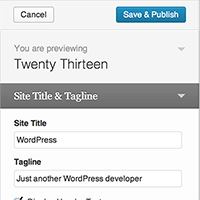One of the most confusing aspects of working with WordPress is managing its rewrite rules. For anyone who has taken a dive into the Rewrite API and looked at how it works, and how to customize it to fit your own needs can vouch for this.
Honestly, if you’ve ever done any work with custom post types, taxonomies, and permalinks and worked with the rewrite parameter (or perhaps have left it out), then you’ve experienced a little bit of the confusion (or frustration, perhaps) that can come with it.
For those who have been wrestling specifically with the latter, I wrote up a short guide for making sense of this occasionally confusing aspect of WordPress.



